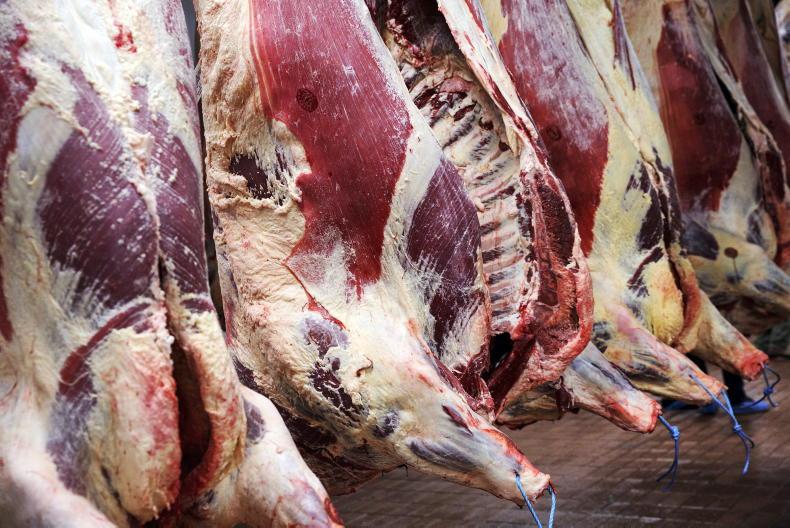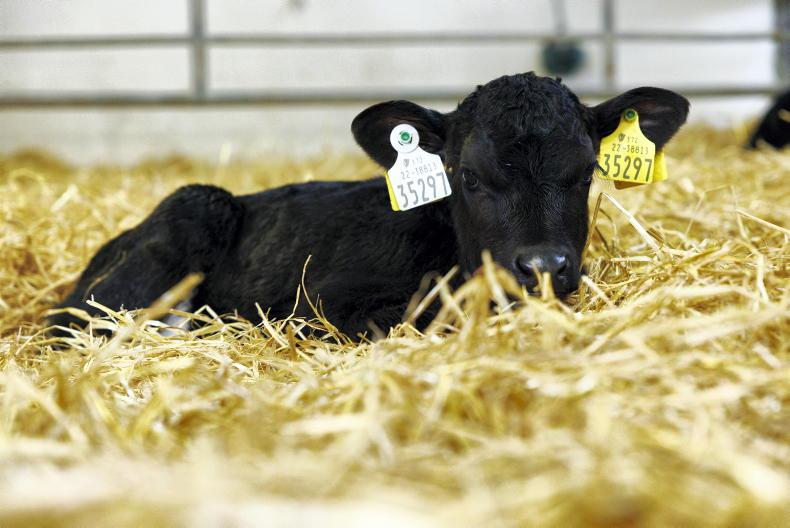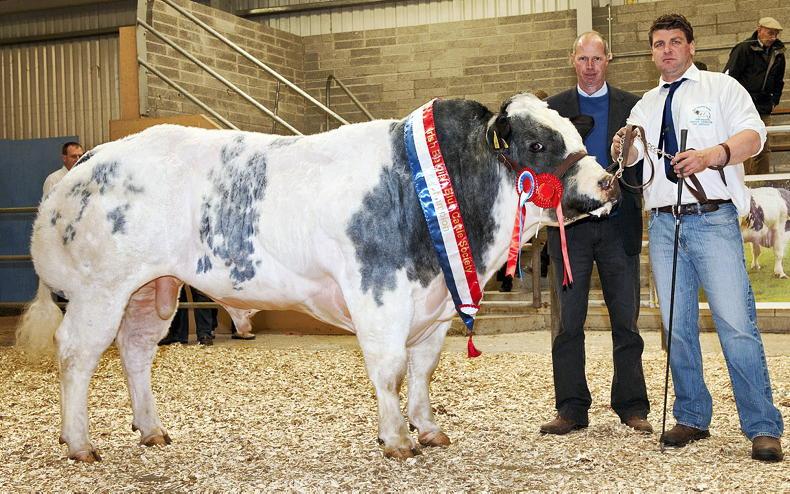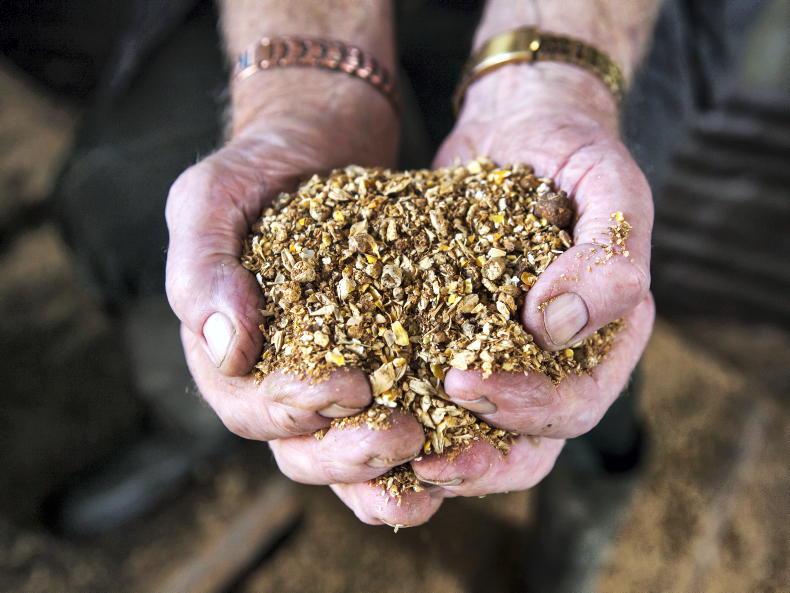Better sold is more important than better reared. I can’t remember where I read that, but it has stuck with me. The limited routes to market for farm produce make this difficult, since there are few options when the time to sell comes around.
But this is not a rant against beef processors or poor representation from farm lobby groups.
The selling of cattle is just on my mind since we weighed the stores a few weeks ago and the small number of ways to get food to the consumer slowly dawned on me.
The job of weighing the cattle was very easy. A great man from the local Farm Relief Service has done the job for the last two years and it’s a pleasure to have him in the yard. His scales are always clean and he records the weights while I run the animals into the crush.
Her blue card states she’s a Limousin-cross animal, but any nightclub bouncer worth his salt would likely question this ID
A few headline figures first. The average daily weight gain across the group of 27 was 1kg. There are seven bullocks and 20 heifers, with Hereford and Limousin the dominant breeds. The group average is 415kg, ranging from a lovely Limousin heifer at 470kg, born in February 2021, to a little Dexter-type heifer at 320kg, born in May 2021. To top it off, this small animal has two neat, forward-pointing horns that would make you think she’s off a Kerry cow. Her blue card states she’s a Limousin-cross animal, but any nightclub bouncer worth his salt would likely question this ID.
Limited options
There is not enough room in the shed to keep all 27 cattle and I have bills to pay too. The question now is what to sell and what to keep to let out to grass next March. This is where the limited options came to mind. Putting a target finish weight on the different breeds and sexes has been a useful exercise in figuring out how many days from finish they all are. A loose plan is in place, but no final decisions have been made and unfortunately, the industry is holding too many aces, whatever way you play your own particular cards.
On a more positive note, this year’s calves averaged 175kg, which is nearly 20kg ahead of their comrades in 2021. They are roughly the same age but there are more bulls in this year’s group. I would like to think I managed the weaning process a bit better this year too. Instead of weaning from five litres of milk back to zero over seven days, I cut them back to four litres about three weeks from their weaning date.
I will tread much more carefully if I visit the roulette wheel that is the calf mart in spring 2023
This more gradual, and dare I say natural, approach meant the calf had more time to adjust to the change in diet and it was noticeable that they ate the meal much better in their last three weeks pre-weaning.
They have carried on this habit outside and are horsing through their daily 1kg of a 17% protein nut. Of the group of 30, I picked out four who were a little smaller than the rest and they have a sheltered paddock to themselves with plenty of trough space and time to work through their few cubes, as they are called around here.
I haven’t gone through the figures too closely to see if there’s any trend emerging regarding different breeds, dams, or bulls versus heifers. But one thing that is obvious is that of these smallest four, two are Angus heifers, out of cross-bred cows. This is a theme I will return to in future, but suffice to say for now that I will tread much more carefully if I visit the roulette wheel that is the calf mart in spring 2023.










SHARING OPTIONS